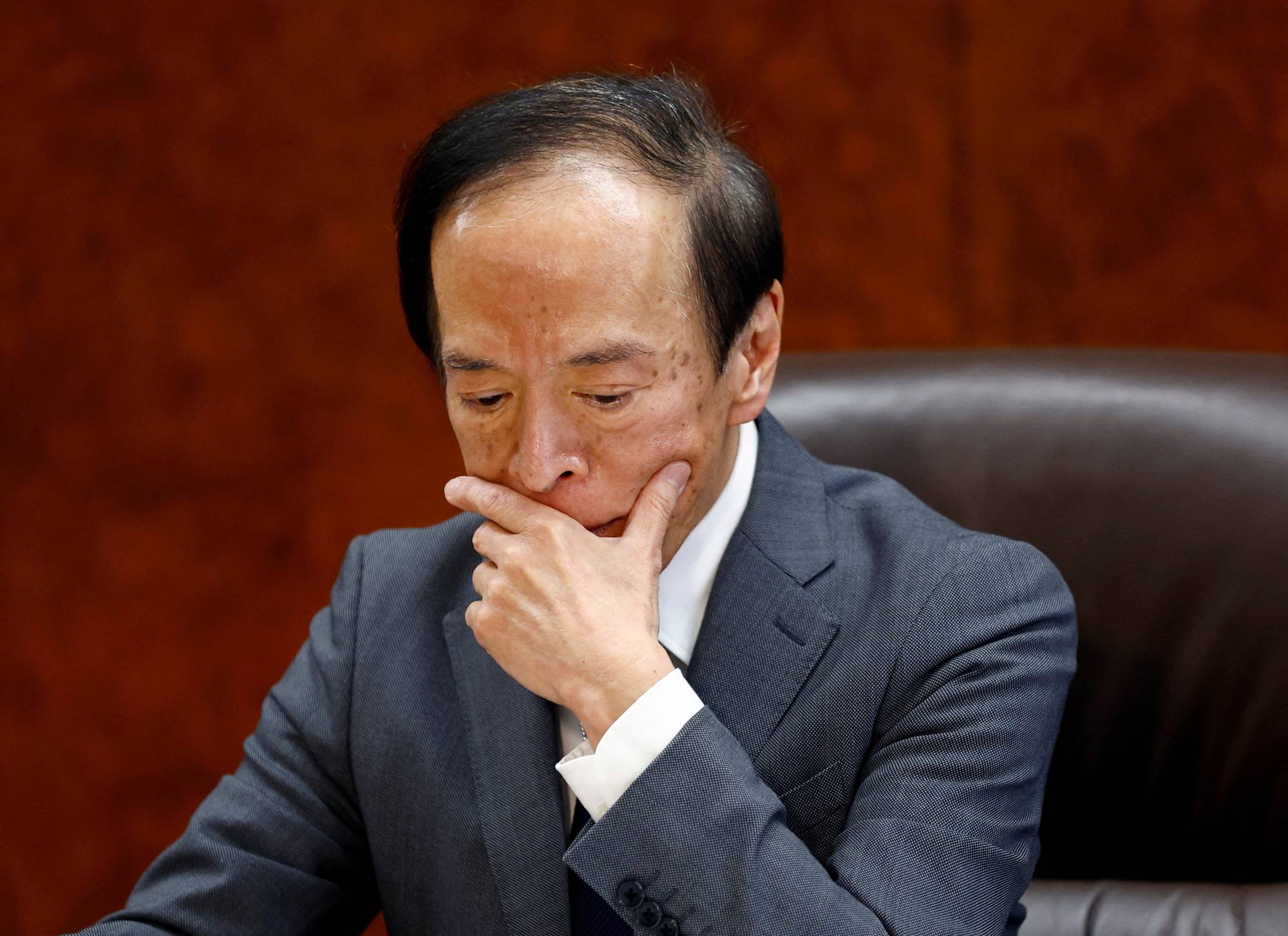The Bank of Japan under the Gov. Kazuo Ueda made a clear commitment to achieving its 2% price stability target introduced in 2013.
For nearly a decade, the BOJ struggled to achieve the target despite massive monetary easing. The situation drastically changed from 2022 as inflation surpassed the 2% mark, remaining at 3% or higher.
Why is the BOJ hesitant to normalize monetary easing following the examples of other central banks despite high inflation for the first time in about 30 years? This is because the BOJ believes the current unfavorable cost-push inflation situation will begin to decline in late 2023. After that, inflation is projected to pick up again sometime in 2024. This inflation should be driven by more favorable factors such as a positive output gap, a tight labor market and wage-price hikes. Ueda, however, acknowledges the confidence for the 2024 projection is low.
















With your current subscription plan you can comment on stories. However, before writing your first comment, please create a display name in the Profile section of your subscriber account page.